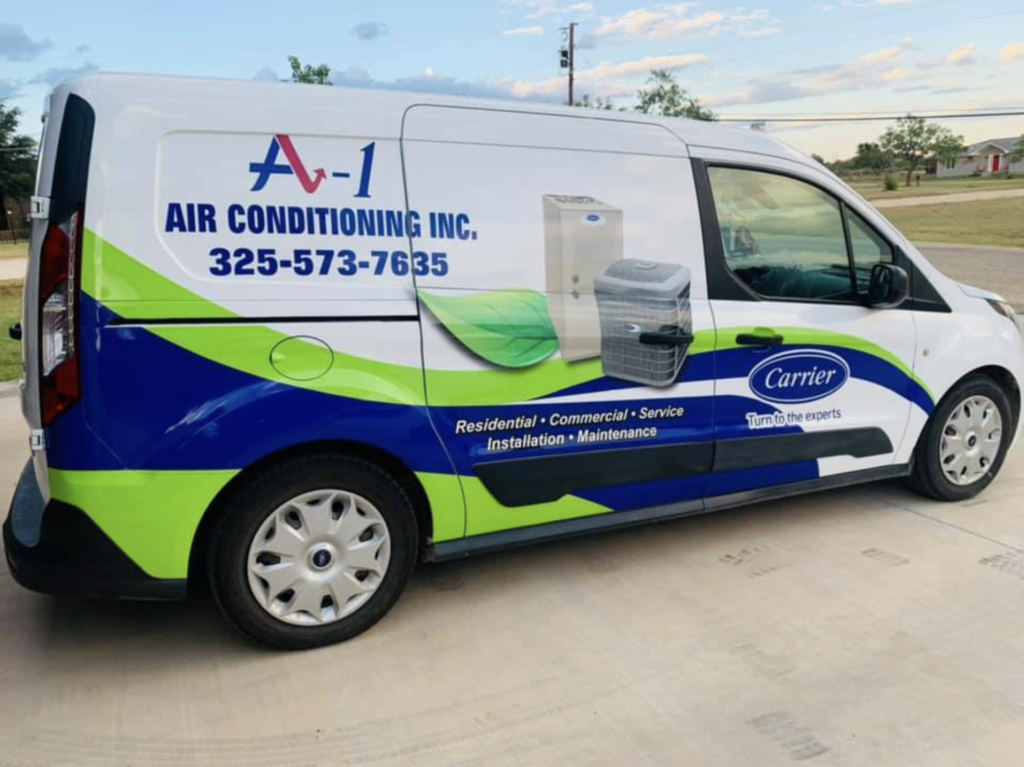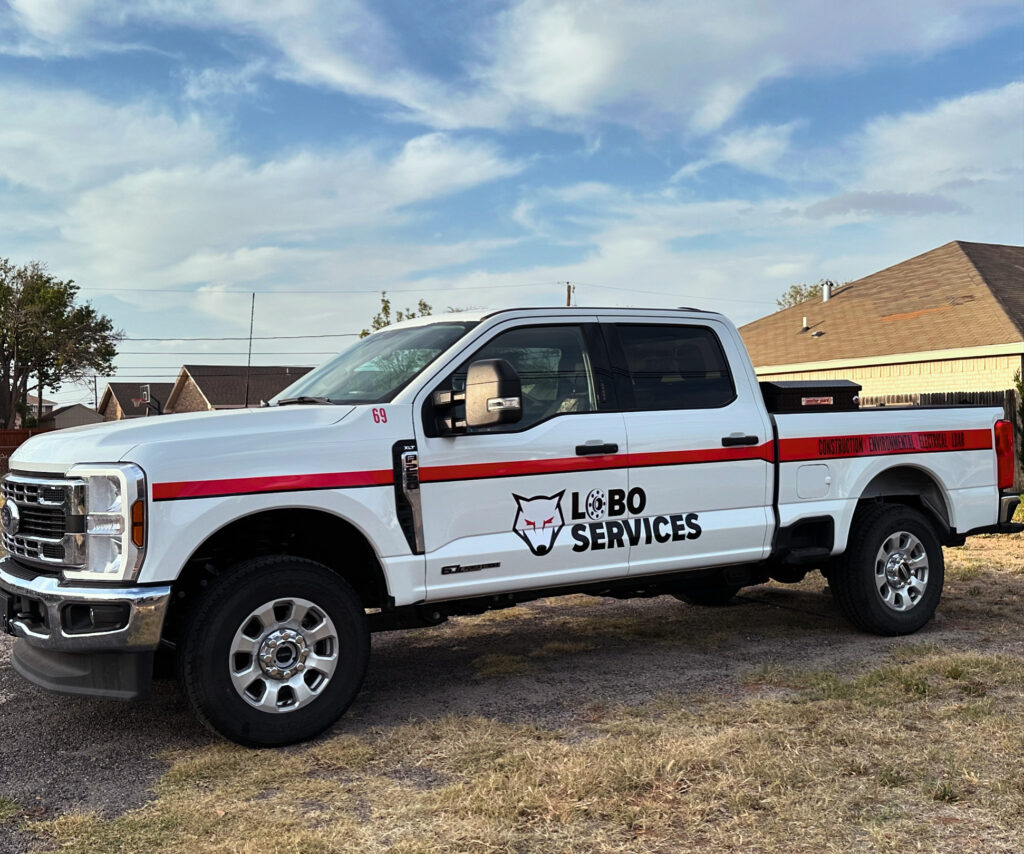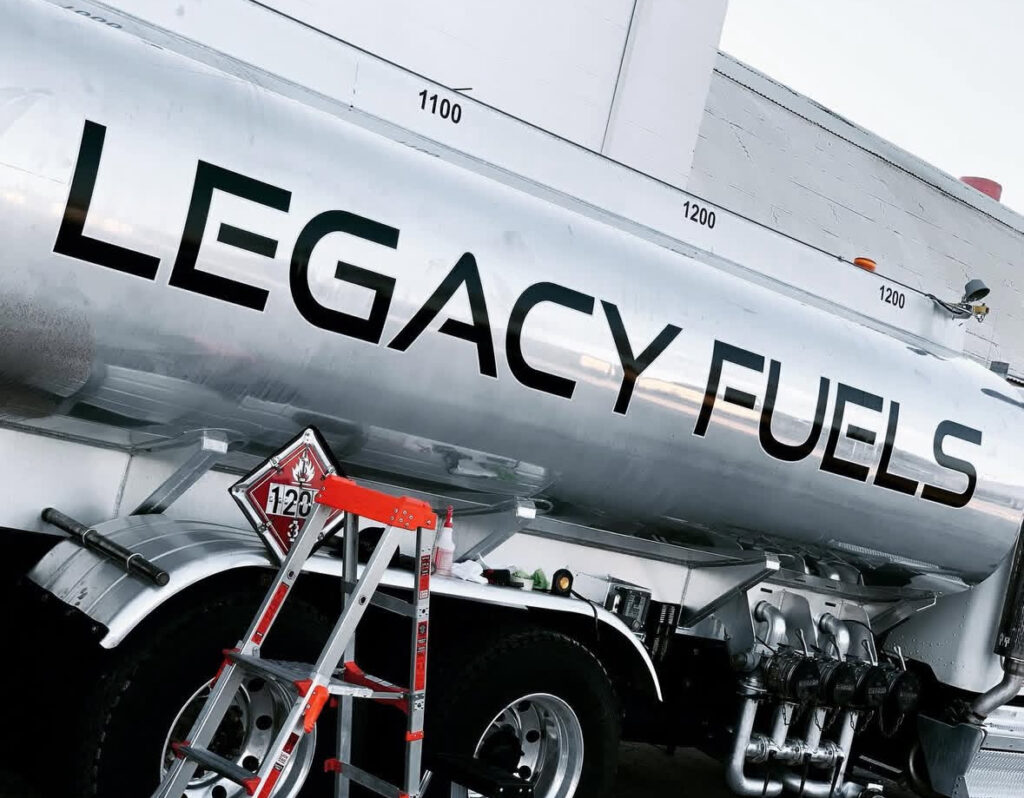In today’s fast-paced world, businesses are constantly seeking innovative ways to capture attention and stand out in a crowded marketplace. One advertising method that’s been gaining traction—and literally hitting the road—is vehicle advertising. From sleek wraps on company vans to eye-catching decals on personal cars, placing ads on the side of vehicles offers a dynamic, cost-effective way to reach audiences. Here’s why this mobile marketing strategy is revving up success for businesses of all sizes.

A Moving Billboard with Unmatched Reach
Unlike static billboards or digital ads confined to screens, vehicle advertising takes your message wherever the road leads. Whether it’s a delivery truck weaving through city streets, a taxi zipping past pedestrians, or a branded car parked in a busy lot, these rolling advertisements have a unique ability to reach diverse audiences. According to the Outdoor Advertising Association of America (OAAA), a single wrapped vehicle can generate between 30,000 and 70,000 impressions per day, depending on the area and traffic patterns. That’s a level of exposure that’s hard to match with traditional media.
The beauty of vehicle ads lies in their mobility. They don’t wait for customers to come to them—they go where the customers are. Urban centers, suburban neighborhoods, highways, and even rural routes become fair game for brand visibility. This constant motion ensures that your message isn’t just seen once but repeatedly, reinforcing brand recognition over time.
Cost-Effective and Customizable
For small businesses and startups, advertising budgets can be a major hurdle. Vehicle advertising offers a compelling solution: a one-time investment with long-term returns. A full vehicle wrap, for instance, typically costs between $2,000 and $5,000, depending on the size of the vehicle and the complexity of the design. Once applied, it can last up to five years with proper care—no recurring fees, no subscription costs. Compare that to the price of a single month of billboard rental or a digital ad campaign, and the value becomes clear.
Customization is another key advantage. Modern printing technology allows for vibrant, high-resolution graphics that can cover an entire vehicle or just a portion, like a door or window. Businesses can tailor the design to their brand identity—bold colors for a food truck, sleek professionalism for a law firm, or playful imagery for a pet store. Partial wraps, decals, or magnetic signs offer even more affordable options for those testing the waters.

Building Trust Through Local Presence
Vehicle ads do more than just promote—they humanize a brand. A plumber’s van parked in a driveway or a florist’s car making deliveries signals to the community that your business is active and engaged locally. This tangible presence fosters trust and familiarity, especially for service-based industries where credibility is key. Customers are more likely to remember—and call—the electrician whose truck they’ve seen around town than a faceless ad they scrolled past online.
This local advantage also makes vehicle advertising ideal for targeting specific markets. A catering company can drive through neighborhoods hosting events, while a gym might cruise near parks or fitness hotspots. It’s advertising with precision, without the complexity of geotargeted digital campaigns.
Eco-Friendly and Non-Intrusive
In an era where consumers are increasingly wary of aggressive marketing, vehicle ads strike a refreshing balance. They don’t interrupt a podcast, clutter a webpage, or drain a phone’s battery with pop-ups. They simply exist in the public space, catching eyes organically as people go about their day. For eco-conscious brands, this method also aligns with sustainability goals—especially if the vehicles are electric or hybrid. It’s a subtle yet effective way to promote without alienating your audience.

Challenges to Consider
Of course, vehicle advertising isn’t without its hurdles. The condition of the vehicle matters—a dirty or dented car can reflect poorly on the brand it’s promoting. Maintenance and driver behavior also play a role; a courteous driver enhances the ad’s impact, while reckless driving could tarnish it. Businesses must also navigate local regulations, as some cities restrict the size or placement of vehicle ads to avoid visual clutter.
Success Stories on Wheels
The proof of vehicle advertising’s effectiveness is in the numbers—and the stories. Take the case of a small coffee shop that wrapped its delivery van with a bold logo and menu highlights. Within months, foot traffic increased by 20%, with customers citing the van as their first introduction to the brand. Larger companies like FedEx and UPS have long leveraged their fleets as mobile billboards, turning logistics into a branding opportunity. Even ride-sharing drivers are getting in on the action, earning extra income by displaying ads on their cars.
The Road Ahead
As advertising continues to evolve, vehicle ads are proving they’re more than a passing trend—they’re a smart, adaptable strategy for a mobile world. With advancements in vinyl technology, GPS tracking for ad performance, and the rise of electric vehicles, the potential for this medium is only growing. Whether you’re a solopreneur with a single car or a corporation with a fleet, putting your message on wheels could be the key to driving your business forward.
So, next time you’re stuck in traffic, take a look around. That colorful van or cleverly branded sedan might just be the future of advertising—rolling right past you.
Click the QR code below contact Sosa Dzignz for advertising on your vehicle in the Midland/Odessa, TX area.


